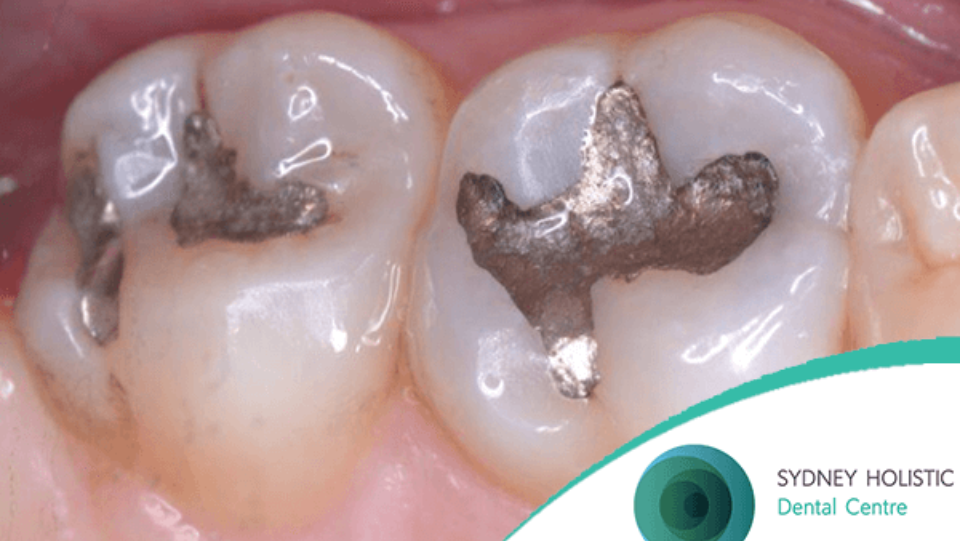Dental Mercury Amalgam Fillings: An Environmental and Health Issue
Dental Mercury Amalgam Fillings: An Environmental and Health Issue

Materials used for dental restorations should not interfere with the body’s normal functions and be conducive to good health.
The most commonly used dental material in the last 170 years is dental mercury amalgam, which contains one of the most toxic substances, mercury.
Dental amalgam contains 50% mercury, 20-35% silver, 6-15% copper, 8-15% tin and occasionally small amounts of zinc.
Temperature, corrosion and friction from chewing or clenching increases the rate of mercury release from amalgams. After chewing or increases in temperature from say a warm drink eg,coffee or tea, the levels of mercury vapour in the mouth remain elevated for up to 90 minutes.
How does mercury affect our health?
Mercury is released from dental amalgam as vapour and particles. Mercury vapour is invisible, odourless, tasteless and 80% is absorbed through the lungs into the bloodstream. Mercury interferes with normal biological processes in the body and is primarily stored in the kidney, liver and brain. It can adversely affect important biological compounds called thiols which are found in hormones, enzymes, amino acids, red blood cells and more. Within the body the mercury undergoes methylation making it available and more toxic.
Symptoms of mercury poisoning can occur in:
Muscles, skeleton and joints; the immune system; oral cavity, pharynx, nasal cavity, middle ear; airways, heart, blood supply; reproductive system; spinal cord and brain including olfactory(smell), auditory (hearing) and visual (sight) lobes.


